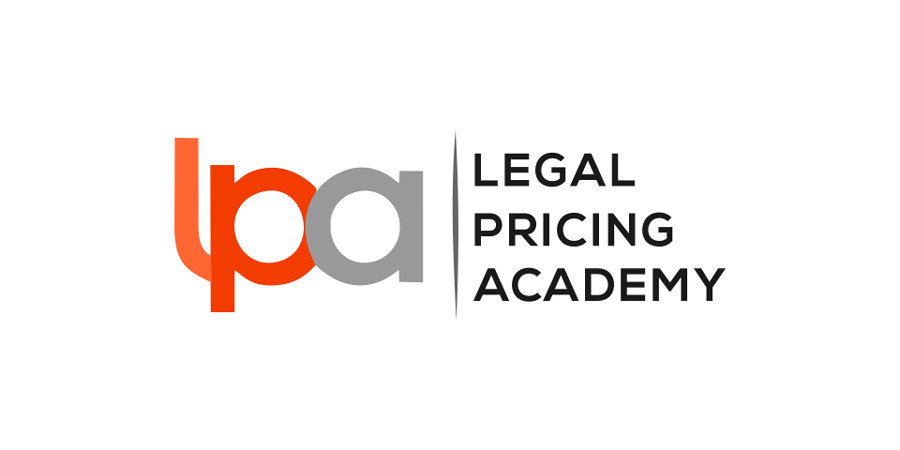Let us say at the outset that we are strong proponents of fixed fees, even in areas of work where they have not been particularly prevalent such as dispute resolution. We believe that they should be used much more than they are to the benefit of both firms and clients.
However, two articles hit our inbox recently, which both in their own way reaffirmed the widespread misunderstanding on the part of law firms as to how best to deploy fixed fees, and an equally profound lack of understanding on the part of many clients as to how fixed fees must be structured.

For the sake of clarity, let us also begin with two acknowledgements;
- The premise that fixed fees need to be based on a clear articulation of the clients’ desired outcomes and the corresponding codification of the phases and tasks required to achieve those outcomes by the firm through the mechanism of rigorous scoping, assumptions and exclusions.
- The unhelpful confusion that exacerbates the problem through a lack of nomenclature consistency and clarity. Fixed fees, flat fees and other semantic permutations are often used interchangeably. Let's just take it as read for now that they are all one and the same thing.
The first article to catch our attention appeared in the Law Society Gazette on 22 May and burst onto our screens with the catchy title "Fixed fees hitting firms in the pocket already, survey finds".
The thrust of the article was that’ “…fixed fees have been a factor in an income drop in 2017 experienced by ...[law] firms. The report said price competition is already a regular occurrence and is forcing firms to reduce quotations to win work.”
The article does not endeavour to explain the apparent correlation between increased use of fixed fees and decline in profitability and one must be careful about what is cause and what is effect lest we fall victim to the logical fallacy - post hoc ergo propter hoc.
However, if indeed there is a nexus, the reason will be fairly obvious to most practitioners. Historically, fixed fees for most lawyers have tended to be synonymous with poor realisation, time write-offs and/or difficult conversations with the client as to why things cost more than anticipated.
The second article to catch our attention came with a rather less exhilarating title from The American Lawyer, ‘General Counsel Need to Seek Flat Fees More, Research Finds’. The article was based on some research that was designed to answer the question of whether fixed fees generate better law firm performance than purely time-based billing.
The research found that, “some general counsel …swear by flat fees, while others are reluctant to take the plunge. Critics note that while flat fees provide budget predictability, firms will price them with a cushion, which raises total cost.”
Price fixed fees “with a cushion”!! Oh, the humanity. The damned cheek of it. Who do they think they are?
Before the histrionics get completely out of hand, let’s back up and enjoy a very quick introduction to price risk. Risk is capable of being priced but the immutable laws of economics must be observed, one of which we all learned at a very young age; risk and reward go hand in hand. High risk, high reward, low risk, low reward. If they are disconnected bad things happen.
It explains why, for example why;
a) You can borrow £1,000 by adding it to your mortgage or by dragging it off your credit card. On one you will pay interest at say, 2% per annum and on the other, you will pay interest at around 22% per annum. The reason for the difference is obvious. The risk profile from the lenders point of view is materially different under the two scenarios. The 20% interest rate differential reflects the different risk profile. In other words, the additional 20% is the price of the risk associated with default, where the lending is unsecured.
b) Take two identical houses in my homeland New Zealand, where the value of the two dwellings (forget about the land value for the moment) is identical. The premium will be much less to insure the home located in the Far North which has never seen an adverse natural event of any consequence compared to the home sitting in Auckland, surrounded by 48 apparently extinct volcanoes or in the capital city of Wellington, which sits right on the tectonic fault line where the Indo-Australian Plate and the Pacific Plate overlap. Higher risk, higher premium.
c) You can have a floating home mortgage rate but if you want to fix it for two years or five years, you must agree to an interest rate which is higher than the current floating-rate. The bank wants to price its lending today at a level that will go some way towards mitigating the risk of the bank’s future borrowing costs increasing during the fixed interest period. Moreover, from a behavioural economics/pricing psychology perspective, the banks also know that people will often knowingly and willingly trade off the possibility of lower cost and pay a premium for the peace of mind that comes with cost certainty.
You get the idea. Higher risk, higher return/cost and lower risk lower return/cost. Right, back to our world.
Budgetary certainty and predictability perennially appears on client’s wish lists of things that clients expect the profession to get better at delivering. Perfectly understandable, entirely reasonable and something the profession should be working hard(er) to deliver on.
But, and this is a colossal proviso, budgetary certainty can only come at a cost to the client. Here is why.
We read and hear clients making comments like, ‘you’ve done these a hundred times, you should know what is involved and should therefore be able to give me a fixed fee and do so without a whole lot of assumptions and exclusions’
Yes, but what should that fixed fee look like and how should the increased risk to the firm be reflected in the fixed fee. The reality is that when a lawyer tells a client what they think the cost may be, they are articulating where they believe the cost will end up, ‘on a balance of probabilities’ - the statistical mean, average, middle of the road or whatever you like to call it.
Beyond the top end of the likely range is the pricing equivalent of maps of the ancient world where the unexplored and uncharted corners of the map simply stated ‘Here be dragons’.
“If you can tell me exactly how this matter is going to play out, how the other parties, their lawyers, you and everyone else involved will conduct themselves, if you effectively have a crystal ball in other words, then I will happily give you a realistic fixed fee. If you can’t, and you can’t, then we need to have a conversation about sensible price risk sharing - ‘sharing’ being the operative word.”
So, whether one looks at this from a robust economic and financial perspective or a rational, logical and fairness perspective, then obviously and irrefutably, any fixed fee must be set at a level where the price risk is shared by the client and the firm.
This means that the firm may still end up doing some of the work for free and the client may end up paying a fixed fee that is more than the time on the clock. Yes! That is how it works!
If the firm is not prepared to argue for a compensatory uplift as a partial offset of the changed price risk profile or the client is not prepared to pay something extra for the same reason and the corresponding peace of mind, then the fixed fee option should be taken off the table.
But we would rather both persisted with efforts to understand the underlying construct. As we said at the outset, we are fans and proponents of fixed fees. They can be made to work well for both clients and law firms, but both the protagonists need to bring a much greater level of commerciality to those discussions.

